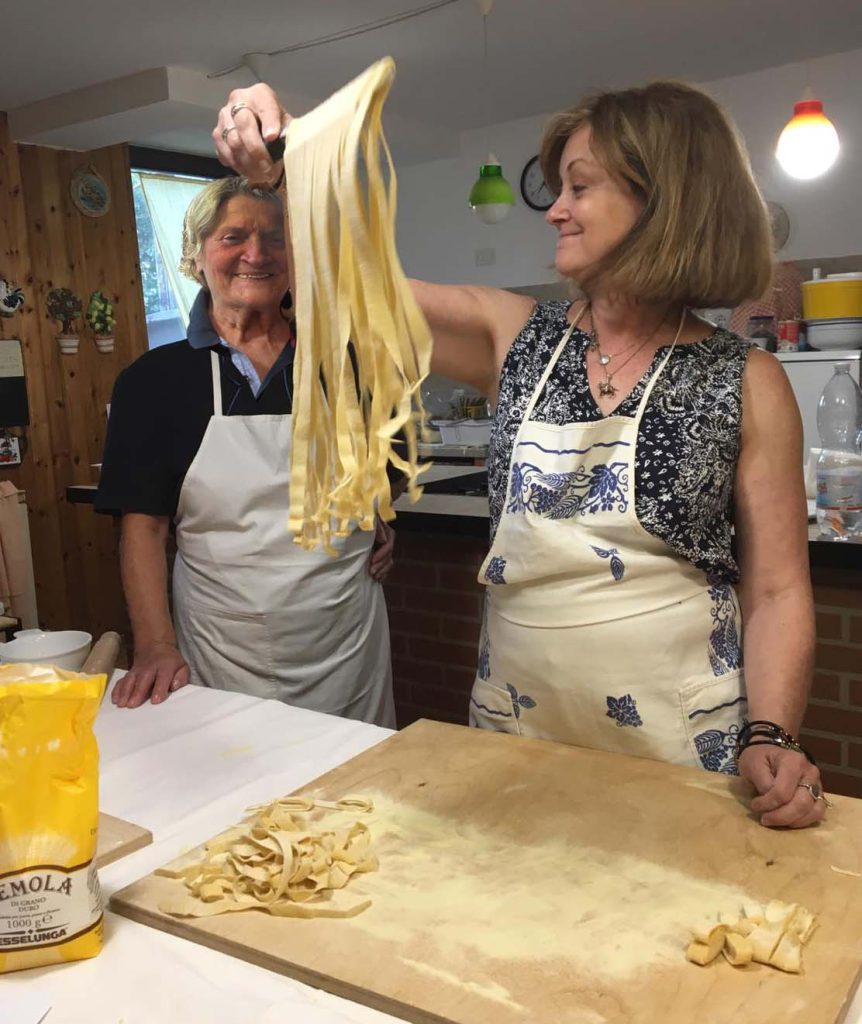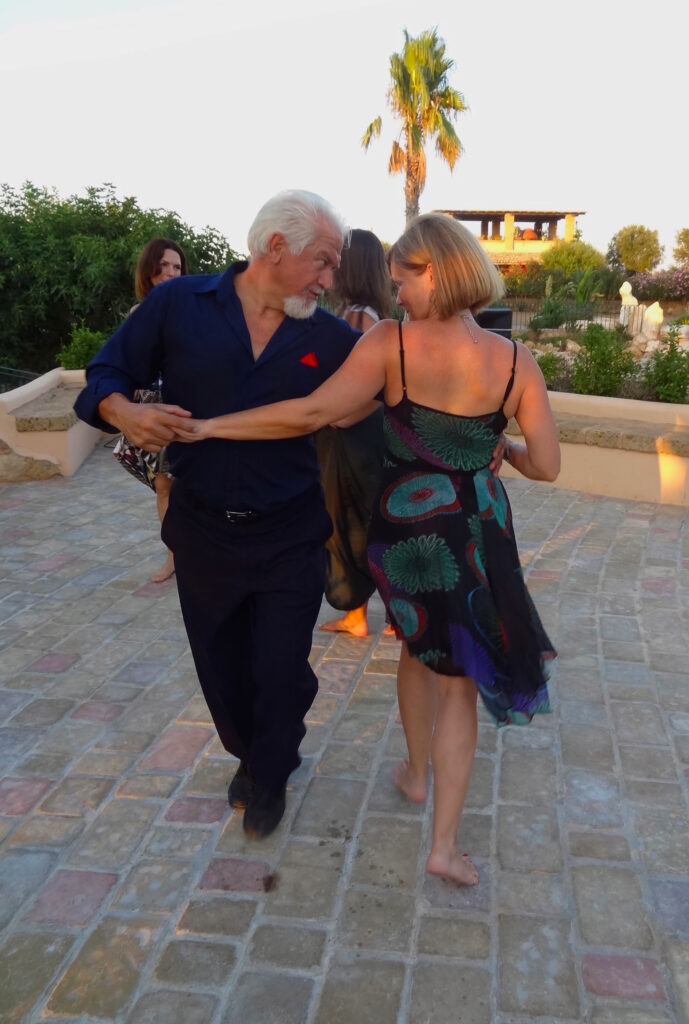
Padronanza dei pronomi dell’oggetto diretto italiano
Mastering Italian Direct Object Pronouns
Usare i pronomi oggetto diretto: Un viaggio diretto verso la fluidità
Using Direct Object Pronouns: A Direct Journey to Fluency
Usare i pronomi dell’oggetto diretto italiani è come prendere un treno diretto in Italia: entrambi ti portano a destinazione più velocemente! Come un treno diretto salta fermate inutili, questi pronomi eliminano parole ridondanti, rendendo il tuo viaggio linguistico più scorrevole e piacevole.
Using Italian direct object pronouns is like taking a direct train in Italy: they both get you to your destination faster! Just as a direct train skips unnecessary stops, these pronouns cut out redundant words, making your linguistic journey smoother and more enjoyable.

Cosa sono i pronomi oggetto diretto?
What are Direct Object Pronouns?
I pronomi diretti italiani sono piccole parole che sostituiscono un complemento oggetto già menzionato in una frase. Funzionano proprio come i pronomi inglesi it, her o them. Un complemento oggetto diretto è la persona o la cosa che riceve direttamente l’azione del verbo, senza preposizione. Li troverai spesso usati con verbi come vedere, conoscere, chiamare, sentire, volere e comprare.
Italian direct object pronouns are little words that step in to replace a direct object already mentioned in a sentence. They work just like English pronouns such as it, her, or them. A direct object is the person or thing that receives the action of the verb directly, without a preposition. You’ll often find them used with verbs like vedere (to see), conoscere (to know), chiamare (to call), sentire (to hear), volere (to want), and comprare (to buy).
Proprio come collegare i vagoni giusti per far scorrere il treno senza intoppi sui binari, è importante imparare quali sono i pronomi diretti e come collegano le parole in una frase — rendendo il tuo italiano più fluido, veloce e sempre sulla giusta strada.
Just like connecting the right train cars to move smoothly down the tracks, it’s important to learn what the direct object pronouns are and how they link words together in a sentence — making your Italian more fluent, fast, and on the right track.
Singular Direct Object Pronouns:
Mi
Ti
Lo
La
Ci
Vi
Li
Le
———–>
———–>
———–>
———–>
———–>
———–>
———–>
———–>
Me
You
Masculine singular object
Feminine singular object
Us
You (plural)
Masculine plural objects
Feminine plural objects

Posizione dei pronomi diretti nel tempo presente
Positioning of Direct Pronouns in the Present Tense
Nel tempo presente, i pronomi diretti si collocano normalmente subito prima del verbo coniugato: Lo vedo. → I see him/it. Ti sento. → I hear you. La compro. → I’m buying it. Questa regola di posizionamento rende i pronomi diretti italiani chiari, prevedibili e facili da usare nella conversazione quotidiana.
In the present tense, direct object pronouns are normally placed just before the conjugated verb: Lo vedo. → I see him/it. Ti sento. → I hear you. La compro. → I’m buying it. This placement rule makes Italian direct pronouns neat, predictable, and easy to use in everyday speech.
Positioning of Direct Pronouns in the Present Tense:
Direct object pronouns are quite flexible in Italian. Most often, they are placed directly before the conjugated verb: Lo mangio subito. → I’ll eat it right away.
But when you have an infinitive verb (mangiare, fare, vedere) or a present participle (mangiando, facendo, vedendo), the pronoun can be attached to the end, forming a single word: Voglio mangiarlo. → I want to eat it.
Placing the pronoun before or attaching it after depends on the verb form, but the meaning stays exactly the same.
Io prendo il treno per andare a Milano.
It takes an hour to make the pasta.
Lo prendo per andare a Milano.
I take it to go to Milan
Capisci quello che dico?
Do you understand what I’m saying?
Sì, ti capisco.
Yes, I understand you.
Ci vedete?
Do you see us?
Sì, vi vedo.
Yes, I see you all.
Vuoi leggere il libro che ho scritto?
Do you want to read the book I wrote?
Certo, voglio leggerlo.
Certainly, I want to read it.

Posizione dei pronomi diretti nel tempo passato
Positioning of Direct Pronouns in the Past Tense
Usare i pronomi diretti italiani al passato richiede una combinazione del verbo ausiliare avere (to have) o essere (to be) con il participio passato del verbo principale, insieme al corretto posizionamento del pronome diretto.
Using Italian direct object pronouns in the past tense requires a combination of the auxiliary verb “avere” (to have) or “essere” (to be) with the past participle of the main verb, along with the placement of the direct object pronoun.
In una costruzione al passato con un pronome diretto, il participio passato del verbo si comporta come un aggettivo: deve concordare in genere e numero con l’oggetto che sostituisce.
In a construction using the past tense and a direct pronoun the past participle of the verb acts like an adjective and must be modified to suit the gender and number of the object.

Positioning of Direct Pronouns in the Past Tense:
In the past tense, direct object pronouns are used with the auxiliary verb (avere or essere) and the past participle. The participle agrees in gender and number with the direct object pronoun, just like an adjective.
Dove hai comprato i tuoi libri?
Where did you buy your books?
Li hai comprati in Italia l’anno scorso.
I bought them in Italy last year.
Participio passato di comprare: comprato
Coniugazione corretta del verbo: ho comprato
Oggetto: libri, maschile plurale
Modifica del participio passato: -i
Li ho comprati in Italia l’anno scorso.
I bought them in Italy last year.

Ho mangiato la pizza. (I ate the pizza.)
L‘ho mangiatA. (I ate it.)
Hai visto il film? (Did you see the movie?)
Lo hai vistO? (Did you see it?)
Abbiamo comprato i biglietti. (We bought the tickets.)
Li abbiamo compratI. (We bought them.)
Ho letto la lettera. (I read the letter.)
L’ho lettA. (I read it.)
Hai conosciuto Maria? (Did you meet Maria?)
L’hai conosciutA? (Did you meet her?)
Abbiamo incontrato gli amici. (We met the friends.)
Li abbiamo incontratI. (We met them.)
Avete comprato le scarpe? (Did you buy the shoes?)
Le avete compratE? (Did you buy them?)
Hanno preparato la cena. (They prepared dinner.)
L’hanno preparatA. (They prepared it.)
Ho preso le chiavi. (I took the keys.)
Ho preso le chiavI. (I took the keys.)

Ora che hai capito i Pronomi Oggetto Diretto Italiano…esci e sii più diretti!
Now that you understand Italian Direct Object Pronouns
— get out there and be more direct!
Buon Viaggio Linguistico!
Have a great linguistic journey!
Compito utilizzando pronomi oggetto diretto
Homework using Direct Object Pronouns

Fill in the Blanks with the Appropriate Definite Article
and then Direct Object Pronoun (Singular)
Marco ha il libro interessante. (Marco has the interesting book.)
Marco l’ha. (Marco has it.)
Marta vuole mangiare ___ pizza. (Marta wants to eat the pizza.)
_____________________ (Marta wants to eat it.)
Guardo ___ film d’azione. (I am watching the action movie.)
_____________________ (I am watching it.)
Luca ha visto ___ amico ieri. (Luca saw his friend yesterday.)
_____________________ (Luca saw him yesterday.)
Teresa ha trovato ___ chiavi? (Did Teresa find the keys?)
_____________________ (Did Teresa find them?)
Anna legge ___ giornale ogni mattina. (Anna reads the newspaper every morning.)
_____________________ (Anna reads it every morning.)
Stasera, cucineremo ___ pasta. (Tonight, we will cook pasta.)
_____________________ (Tonight, we will cook it.)
Ho comprato ___ vestiti nuovi. (I bought new clothes.)
_____________________ (I bought them.)
Paolo mangia ___ mele. (Paolo eats the apples.)
_____________________ (Paolo eats them.)
Abbiamo visto ___ film fantastici. (We saw fantastic movies.)
____________________ (We saw them.)
Martina ha preso ___ libri dalla biblioteca. (Martina took books from the library.)
_____________________ (Martina took them from the library)
Avete letto ___ lettere? (Have you read the letters?)
_____________________ (Have you read them?)
Ho incontrato ___ amici al parco. (I met friends at the park.)
_____________________ (I met them at the park.)
Le ragazze ballano ___ canzoni preferite. (The girls dance to their favorite songs.)
_____________________ (The girls dance to their favorites.)










